At Home on the Plains

To many people around the world, the Plains Indian with a feather headdress, buffalo robe, horse, and tipi is the defining representation of American Indian culture. The way of life represented by this image peaked during the Historic Period, after European contact and before confinement on reservations (early 1600s to late 1800s), when the Great Plains were home to roughly 200,000 people representing 32 Indigenous nations. This exhibit examines artifacts in the Lam Museum’s collection that reflect Plains culture at its height.
Although there was variation across the region, Historic Period Plains culture had a number of distinguishing characteristics. People overwhelmingly depended on buffalo hunting and centered their lives around it. A number of traits resulted from this focus. Nations were generally nomadic, following the herds of bison and living in moveable tipis. The buffalo provided Plains nations with their primary source of food, and they relied on its parts for most basic resources.
The nations of the Plains culture area shared many other traits during this time period as well. They depended on horses for transportation, hunting, and warfare. They also used domesticated dogs as pack animals. Plains nations produced highly skilled work in skins and rawhide, but they created only simple pottery and weaving and practiced little work in wood, stone, or bone. They excelled at decorative beadwork and geometrical art, and applied these embellishments to a wide variety of objects. Religious beliefs and basic rituals were fairly consistent across the area. Spirituality infused all aspects of daily life and focused on supernatural powers and beings that filled the world. The main units of social organization for Plains people were bands, small groups who lived and worked together, rather than the larger nations. Another distinctive attribute of the Plains nations was their use of sign language which provided a cross-tribal method of communication.
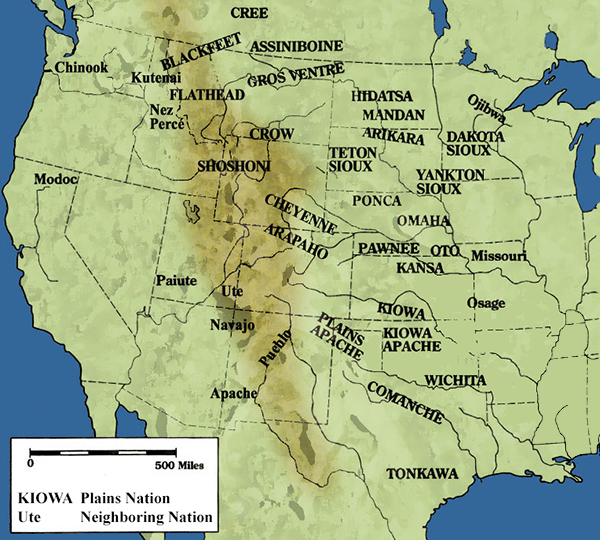
The traditional nomadic lifestyle of the Plains nations came to an end following the Civil War, when the United States government made a full-fledged effort to relegate them to reservations. These battles, which became known as the Indian Wars, were the Plains nations’ final opportunity to fight complete subjugation. Although they put up a strong resistance, the southern Plains nations were defeated by 1874. In the north, the Sioux and Cheyenne continued to fight, but were ultimately conquered in 1890. Today, after more than a century on the reservations, the people of the Plains nations continue to preserve their languages and culture for future generations.
Explore the sections of this exhibit below
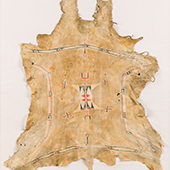
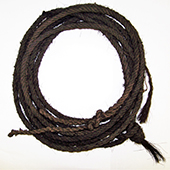
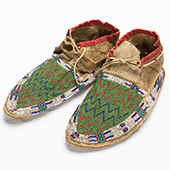
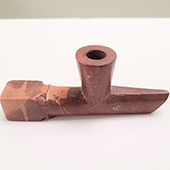
This exhibit was on display from February 3, 2015 to February 6, 2016.
